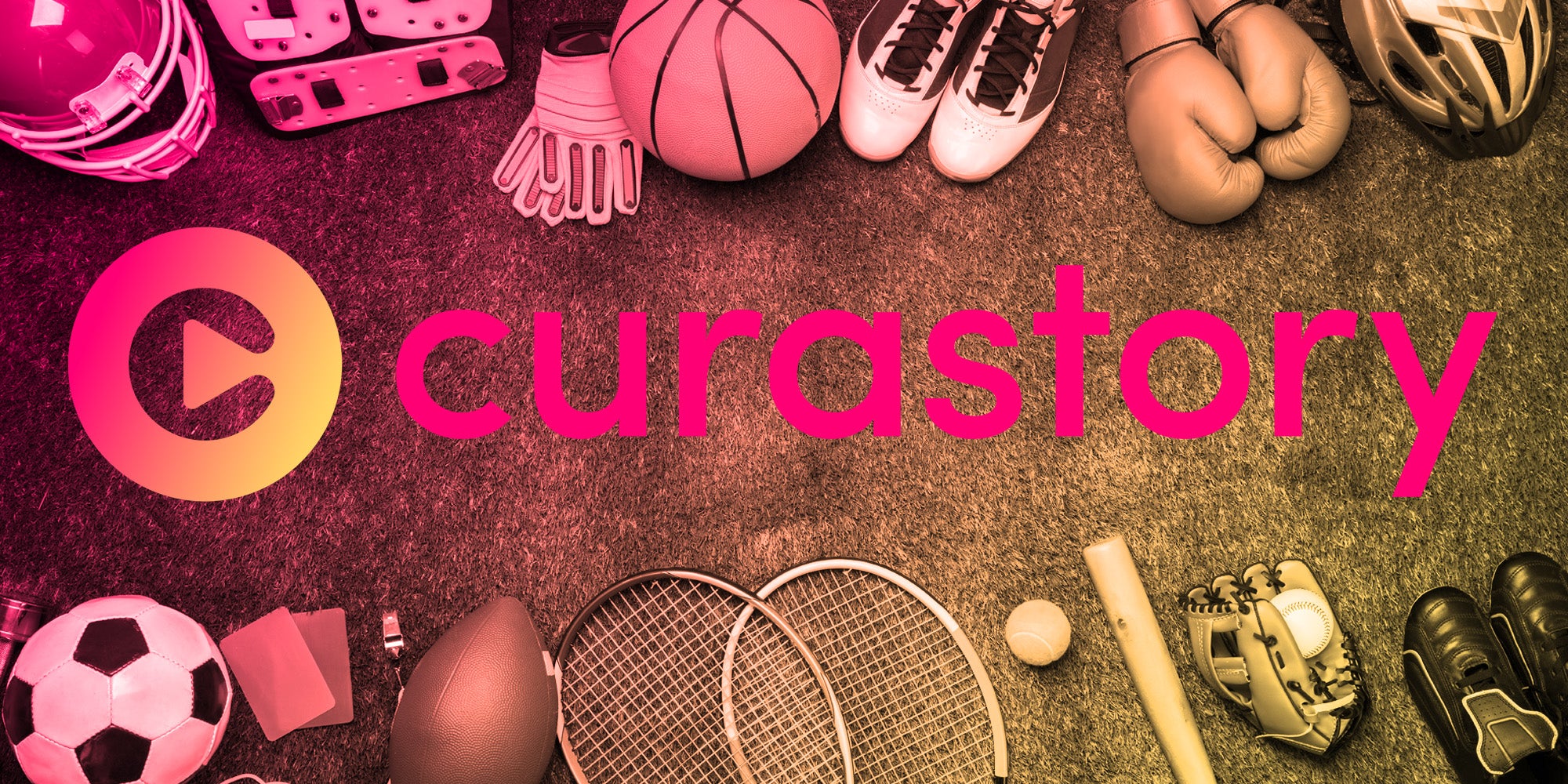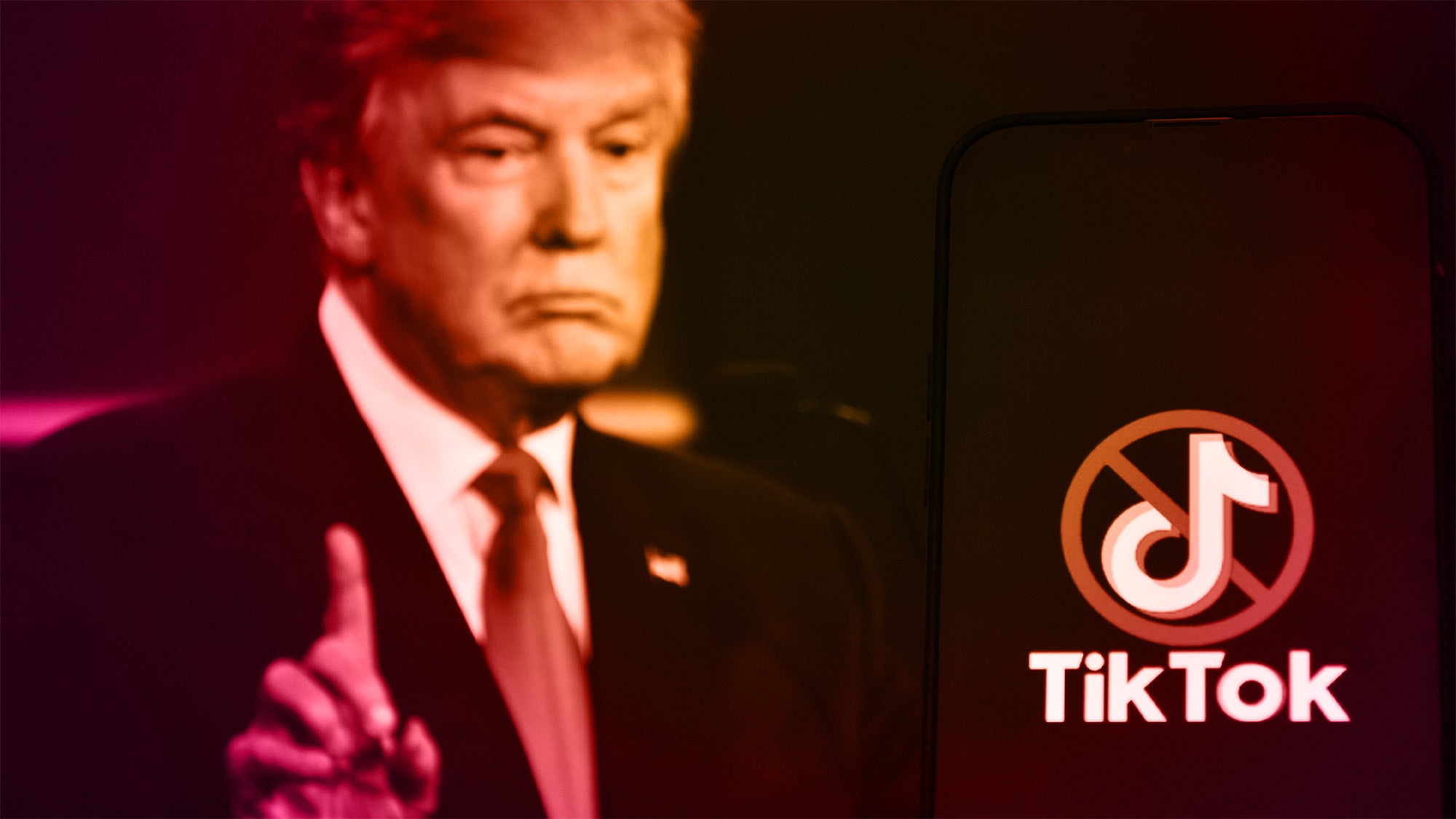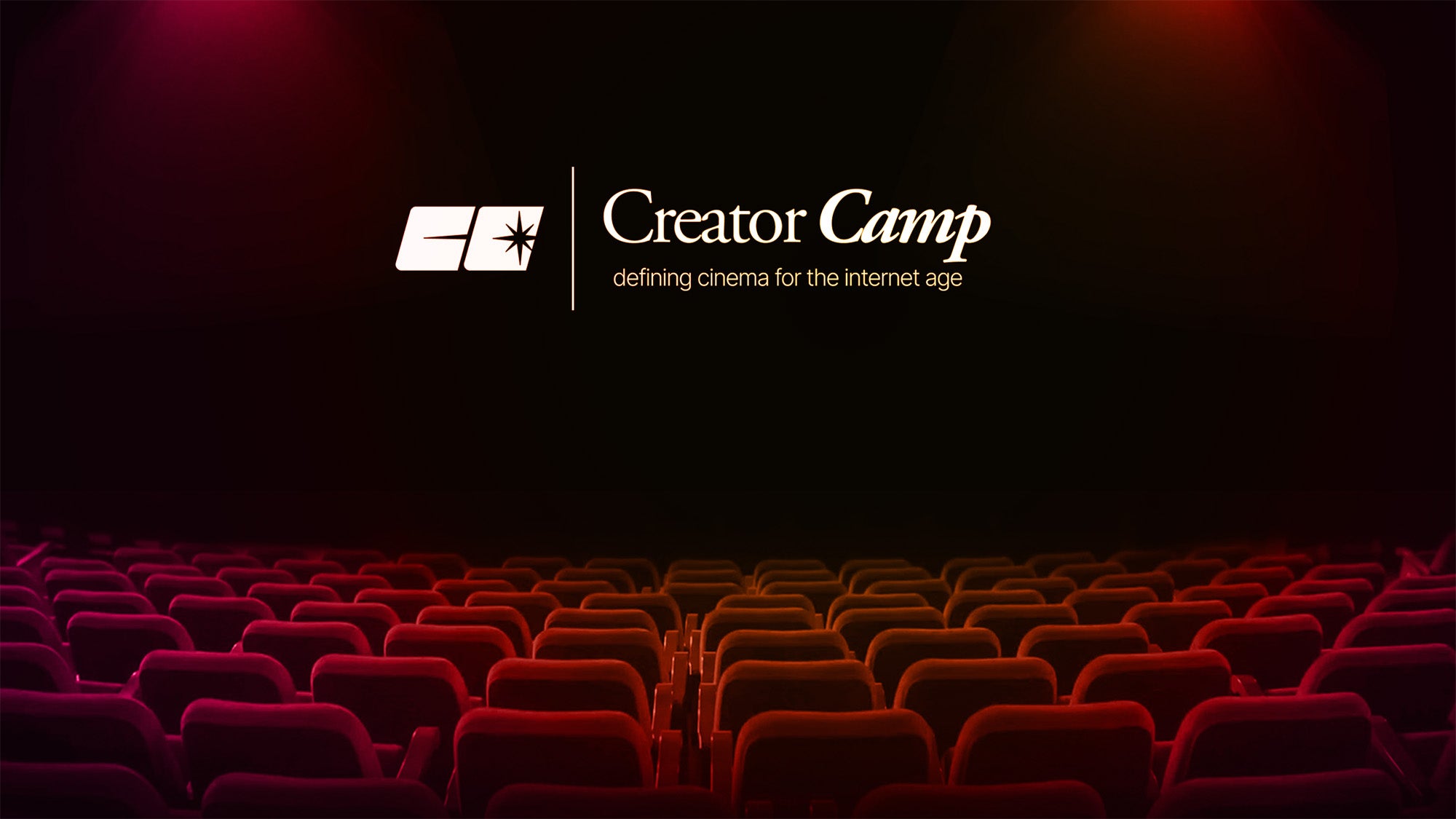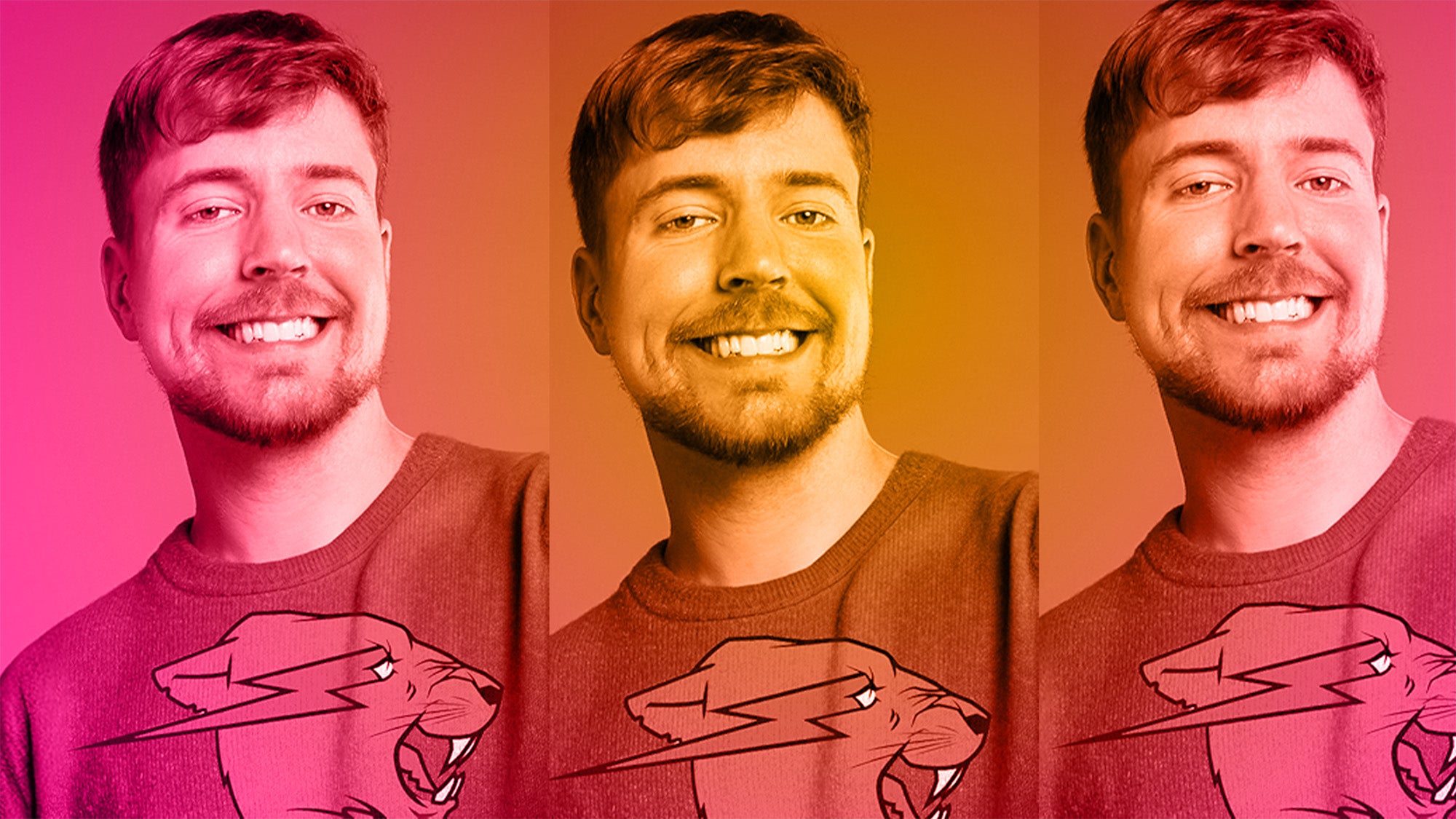
In the past several years, the creator economy for student-athletes exploded. A turning point came in July 2021 when the National Collegiate Athletic Association (NCAA) officially made it legal for athletes to profit from their Name, Image, and Likeness (NIL). NIL rights refer to the way athletes can receive compensation and involve brands leveraging an athlete’s personal brand.
New platforms and companies popped up to cater to the new group of college athletes entering the creator economy landscape. According to a 2022 report conducted by Curastory, a creator advertising platform geared towards athletes, top-earning student athletes-turned-creators are now making more than $80,000 per ad-enabled video post.
In January 2023, Curastory announced a partnership with the collegiate athletic conference Pac-12 and sports technology company Tempus Ex. In a press release, Curastory said this partnership will enable athletes to have the opportunity to capitalize upon their NIL rights by earning compensation and providing commentary on their own game highlights.
Curastory is a creator advertising platform that lets athletes and fitness content creators shoot and edit video, monetize shows, and distribute to social video channels. Some brands that have worked with Curastory include Calm, Highline Wellness, and Beyond Meat. To date, Curastory’s impressive client list includes NFL champion Tyreek Hill and champion female mixed martial arts (MMA) fighter Cris Cyborg.
After editing and uploading video content on the platform, creators’ videos are submitted to Curastory’s ad marketplace, and within a few hours, creators can receive scripts from brands matched to their content. Brands using Curastory can search for creators specifically based on keywords, audience demographics, performance, and reach.
Curastory takes 30% of gross video earnings on brand deals, giving 70% to creators. If creators have an “enterprise contract” with Curastory, it instead takes 20%.
“Enterprise contracts for creators are essentially the creator agrees to upload a contracted number of videos to the platform. For example, 10 videos per month over a 4-month contract term. And in return, we give them anywhere from 5-10% discount on our payout fees,” Tiffany Kelly, founder and CEO of Curastory, told Passionfruit.
Once deals are accepted in the app’s marketplace, creators recreate their video adding on a script created by a brand. Many creators have told Passionfruit they prefer when brands do not require scripts. As of 2023, Curastory told Passionfruit its creators have to follow all directions by advertisers regarding scripts, however, advertisers let go of the control a bit when submitting scripts and briefs because brand partnerships with fewer rigid instructions end up performing better in conversions.
Once created, the sponsored video can then be distributed to a creator’s various social media pages for general promotion.
Kelly told Passionfruit the platform’s ideal creator is a US-based rapidly growing video creator who obtains more than 5,000 median views across Instagram Reels, TikTok, YouTube and YouTube Shorts, and Facebook Watch. The creators’ content can also be about a wide range of topics beyond sports such as nutrition, health, wellness, food, beauty, esports, technology, and more.
“This is the first time in history student-athletes can monetize their social media just like a YouTuber, which is amazing,” Kelly said. “About time. We want to be the premiere video enablement platform not just for student-athletes, but for all content creators out there.”
Kelly told Passionfruit Curastory is specifically working to combat discrimination in the creator economy by opening up the doors to creators outside of the mainstream. Drawing upon her own experience as a Black woman and entrepreneur, Kelly said people of color working as creators face difficulties in securing big brand deals and sponsorships.
“It’s typically white blonde people at the top of the social feeds. If you’re a brand or an advertiser, and you only monetize the ones that are the most reviewed, then you’re not likely to engage with any content creators and athletes of color,” she said. “But, because Curastory runs on an automated system, brands are seeing content creators that match with their brand’s content and not based on the color of their skin.”
Professional volleyball player and content creator Naya Crittenden (@nayacrittenden) told Passionfruit she has been using Curastory for around a year, and walked through the process of how a campaign goes from an idea to a money-maker.
“I usually end up receiving scripts from brands I’m either familiar with or whose products I already use,” Crittenden said. “I appreciate that the brand is passionate about empowering athletes.”
If you’re an athlete looking to get into the creator economy, Crittenden offered one simple piece of advice.
“Just post. Even if the content isn’t perfect,” she said. “So many of us get in our heads when posting content. Don’t be afraid to try new ideas and concepts, and keep track of the content your followers engage with more.”
Creator economy mogul Kelly also offered tips for both aspiring and established athletes who want to start creating content and working with brands. First and foremost, she advised them to “get out of their heads” and get comfortable filming themselves.
“One of the best ways to do this is to start creating content that explores your interest. Talking to the camera about something that you naturally love talking about makes it seem less awkward,” she said.
Kelly also said global brands are starting to work with nano and micro-influencers with fewer followers that allow for a more personal and intimate connection with consumers—which can, as a result, have a more significant impact on driving behaviors such as trying a new product or service.
“Don’t get worked up about views when you’re starting. Especially for student-athletes, try to find a healthy balance between your sport and creating content. Obviously, your sport will always come first, but if this is something you want to do, don’t let fear stop you from pursuing it,” Kelly added.
The businesswoman also said she also recommends athletes think about what kind of content can help build a longer-term relationship with fans—like intimate “day in the life,” “get ready with me,” or “what I eat in a day” style videos.
“These are the kind of videos where the audience builds a relationship with the person behind the camera,” Kelly explained. “Start experimenting with different types of content, and then look at your analytics to see what videos perform the best, and create more videos that fall into that category.”




